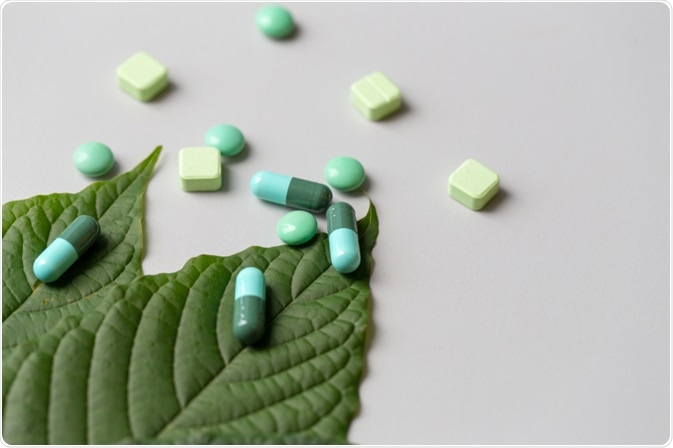Forensic toxicology is defined as the determination of drug use, poisoning, or exposure to toxic substances as part of a legal investigation.
 Rattiya Thongdumhyu | Shutterstock
Rattiya Thongdumhyu | Shutterstock
What types of samples are collected in forensic toxicology?
The most common sample types used by forensic toxicologists are blood, urine, and hair, as these can be easily collected in a non-invasive manner and provide a great deal of information regarding both the historical and present influence of various substances.
Post-mortem sample collection also frequently includes an examination of the contents of the gastrointestinal tract, which is likely to contain evidence of consumed drugs or toxins that are yet to be digested. The liver, spleen, vitreous of the eye, and brain may also hold valuable information regarding the cause of death.
Blood samples are useful for determining whether an individual was under the influence of any drugs or toxins at the time when the sample was collected, such as when suspected of driving while under the influence of alcohol.
Blood is considered to be among the most important of all samples in forensic toxicology, and it is recommended that samples be collected from both the heart and an extremity in post-mortem cases, as trauma or the diffusion of drugs through tissue may contaminate the sample.
Urine samples provide strong evidence of the past consumption of many drugs and other compounds, a majority of which will linger in the urine for longer than in blood due to the gradual rate at which they are metabolized.
Hair is useful when determining long-term exposure and even the date of exposure to toxins or drugs, as traces of metabolites are incorporated into the hair through the follicles as it grows.
The vitreous humor, the gel-like substance contained within the eye, is highly stable for several months following death and has been used to provide evidence of the consumption of a variety of drugs, including cocaine.
Many drugs and toxins will at some point pass through the liver and can accumulate there, examination of the hepatobiliary system is often highly informative. This system also includes the spleen, which contains a reserve of red blood cells that are frequently used to determine carbon monoxide exposure.
How are toxins detected?
A wide variety of analytical methods are utilized to qualitatively, and sometimes quantitatively, determine the presence of drugs or toxins in an individual’s body. Gas-liquid chromatography is among the most versatile and useful of these methods, as it serves to separate multiple compounds from one another in a sample.
The retention time of each compound can be used to infer the structure of the compound. Coupling gas-liquid chromatography with mass spectrometry and nuclear magnetic resonance (NMR) spectroscopy, provides ample data to identify and quantify a particular compound, even when present in very low concentration.
A number of initial screening tests are usually performed to tentatively check for the presence of certain compounds before more thorough analytical techniques are applied. These tests are often colorimetric in nature, and they may positively or negatively indicate the need for other tests.
Additionally, the choice of analytical techniques to be applied is often influenced by other information gathered relating to the case. For example, track marks on the body of an individual imply the use of intravenous drugs.
Rapid Toxicology Screening
Further Reading